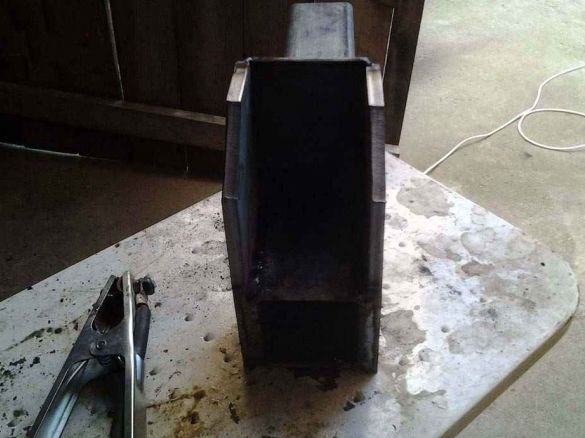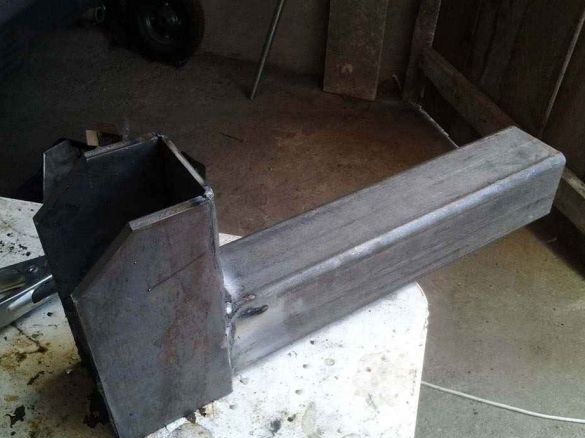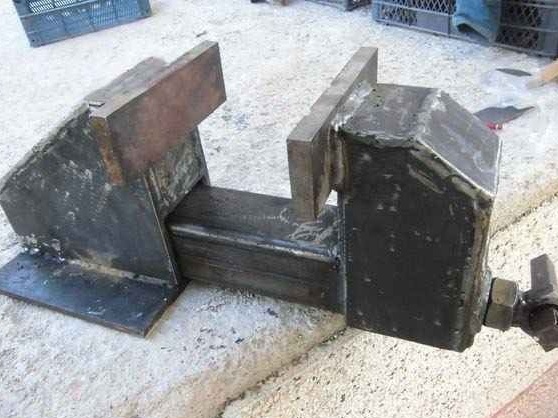
Hello to all lovers homemade. In our difficult times, good tools and fixtures cost a lot of money, but having some initial skills in the workshop you can do everything yourself. In this case, the author decided to do do it yourself vice, since in the market they cost from 150 bucks. For this homemade product you will need readily available materials that can be found on the metal receiver or in your the garage.
In order to make home-made vise with your own hands, we need:
* Iron plate 10 mm thick;
* A section of a profile pipe 80 x 80 x 5 mm 50 cm long;
* Hairpin with M16 thread;
* Nuts in the amount of four pieces;
* Plate of red-hot steel;
There are materials, now we need to decide what we will work with, tools such as are needed:
* Angle grinder, referred to by many as a Bulgarian;
* Cutting discs;
* Electric arc welding and electrodes;
* Building corner;
That's all we need to make a vise.
Gradually we proceed to the assembly of homemade products.
Step 1.
First of all, you need to prepare the details of which the vice will consist. Using a grinder and a disk for it, we saw off the main parts of the future fixture. I can’t say the exact sizes, but having estimated the sizes of the desired vise, you can understand what sizes of parts you need to make. Before turning on the grinder, protect your eyes with goggles and be careful during operation.
So all the necessary parts of the homemade look.
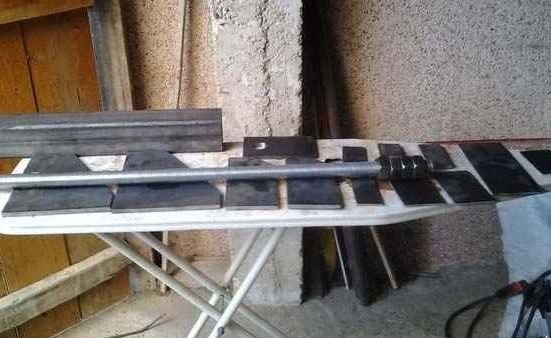
Step 2
From the components we weld a trapezoid, which will be the stubborn part of the vise, as shown in the photo.
Also, do not forget to wear a welding mask, so as not to catch the "bunnies".
After the trapezoid is ready, we weld a segment from the profile to it.
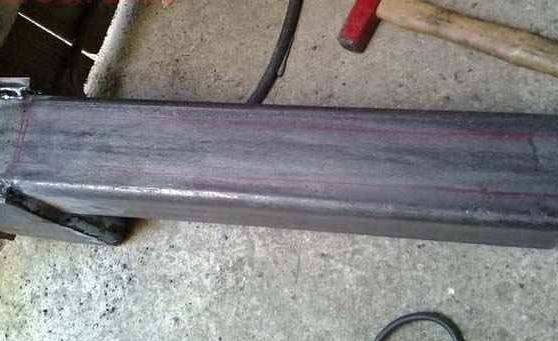
From the bottom of this profile, you need to make a groove so that the transmission bolt-nut fits freely there.
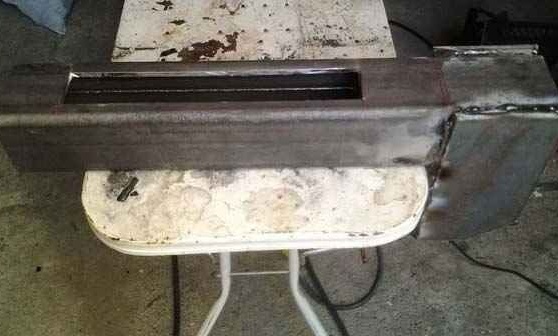
Step 3
We complete the trapezoid on the front side, weld the missing parts and grind the joints for aesthetics, and in order not to accidentally get hurt on a sharp edge. In the front part we drill a hole where in the future a stud with a nut will be installed.
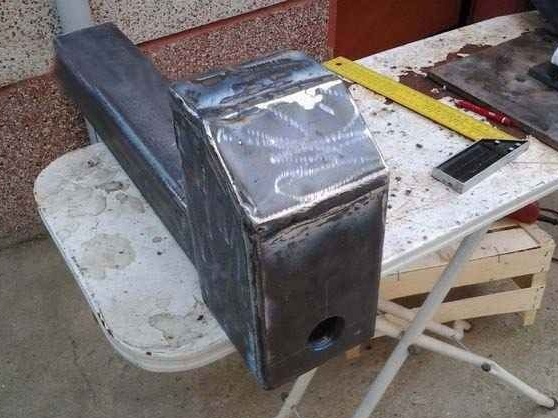
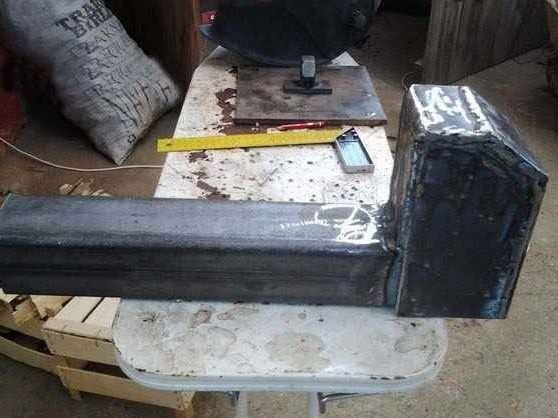
Step 4
We turn to the main part, without which no vise can do, namely, the transmission of a bolt-nut.
We weld a nut to a sheet of iron on a rectangular stand, which is slightly smaller in size than the groove in the pipe profile. In the photo, it looks like this.
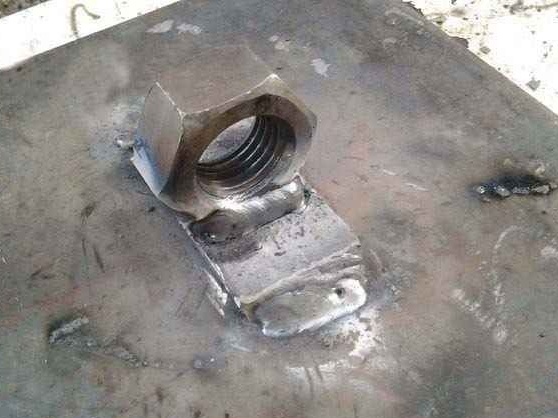
We install another nut for greater reliability, and so that more effort can be made.
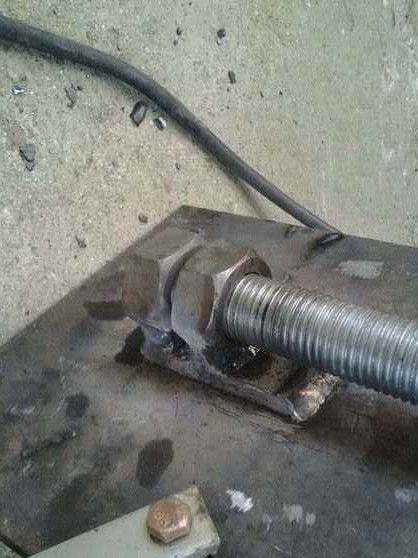
Step 5
Now you need to make another trapeze, but more. In finished form, it looks like this.
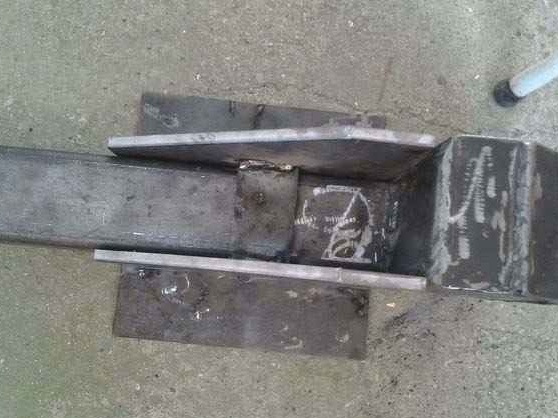
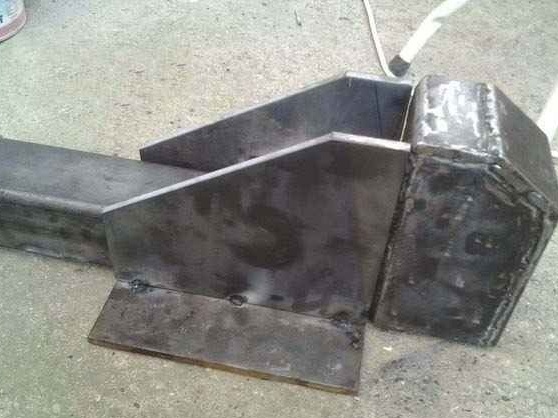
We wind the nut onto the stud and weld another nut over it, as shown in the photo, thereby making a place under the collar.
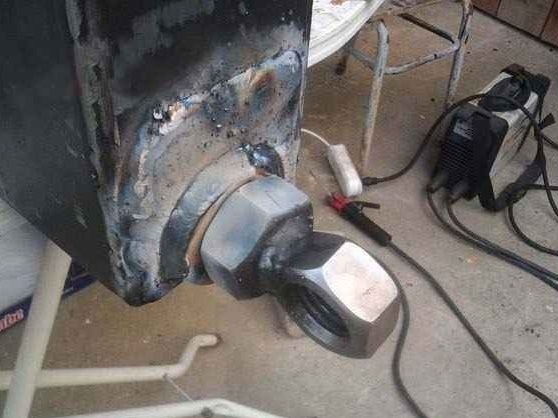
What kind of vice is without sponges, you ask, but in the next step we will do them.
Step 6
From pieces of steel we make jaws of a vice which need to be welded to each trapeze.
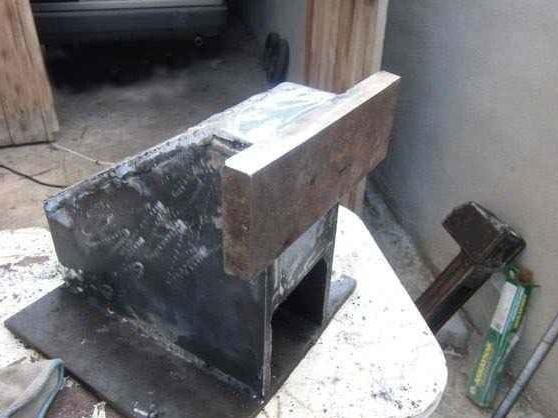
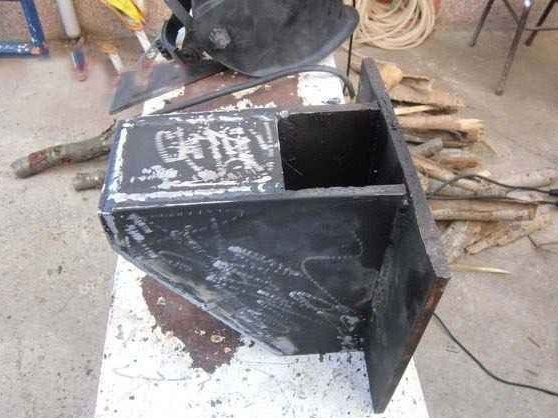
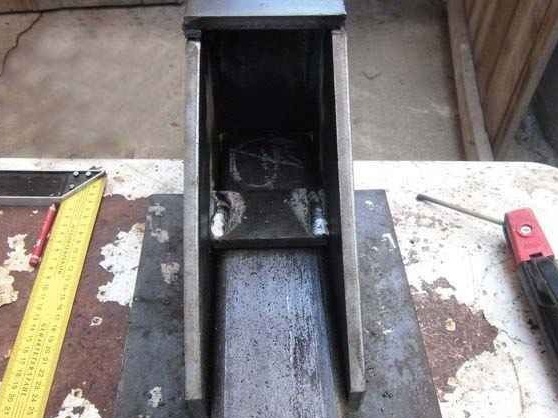
The home-made vise is ready for this, you can later come up with fasteners for the bed, for example, by drilling holes in the vise plate and fasten with bolts.

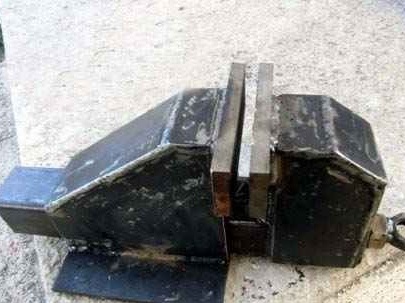
Thank you all for your attention, as well as new ideas.

